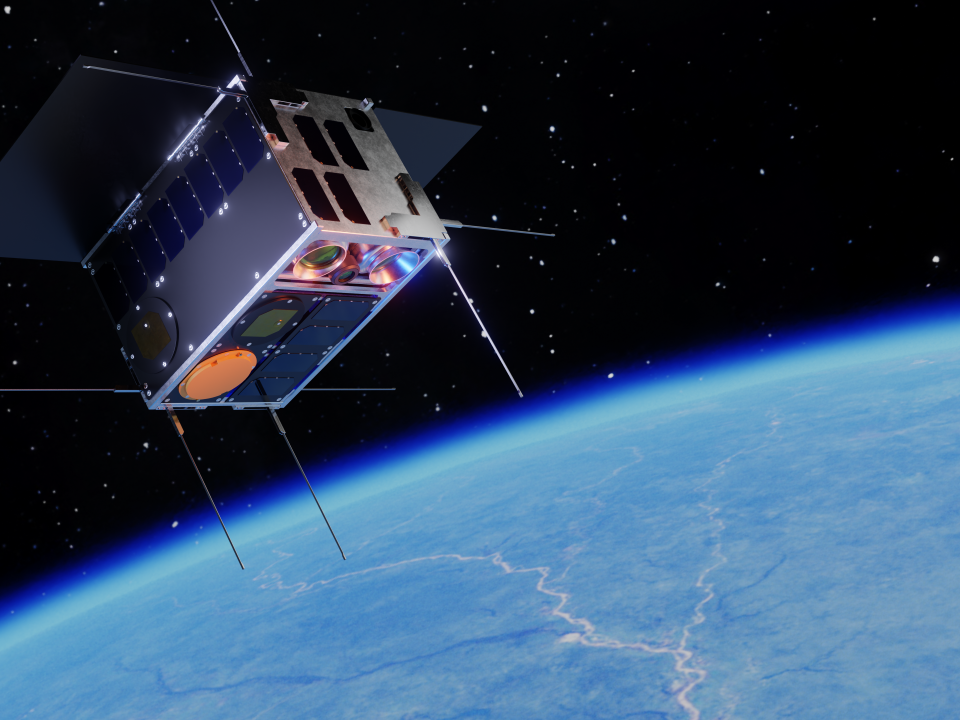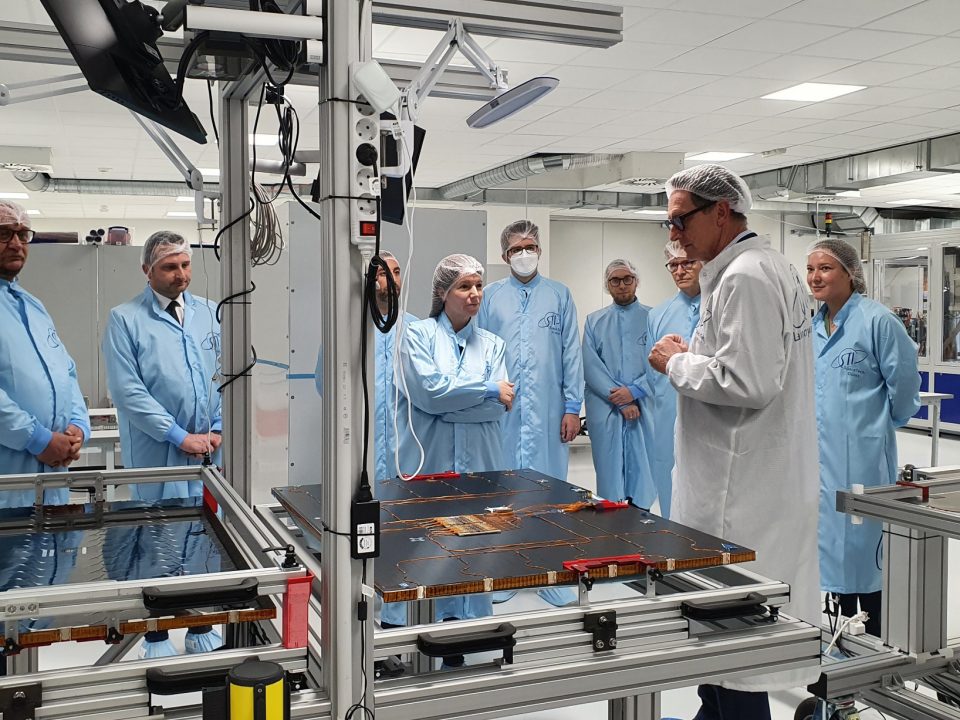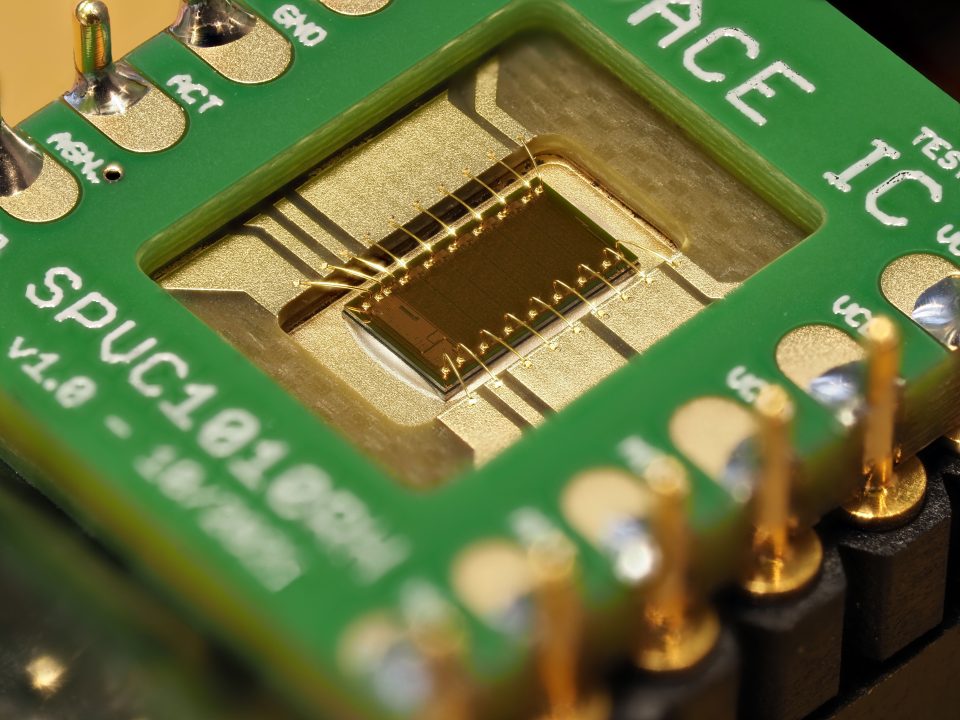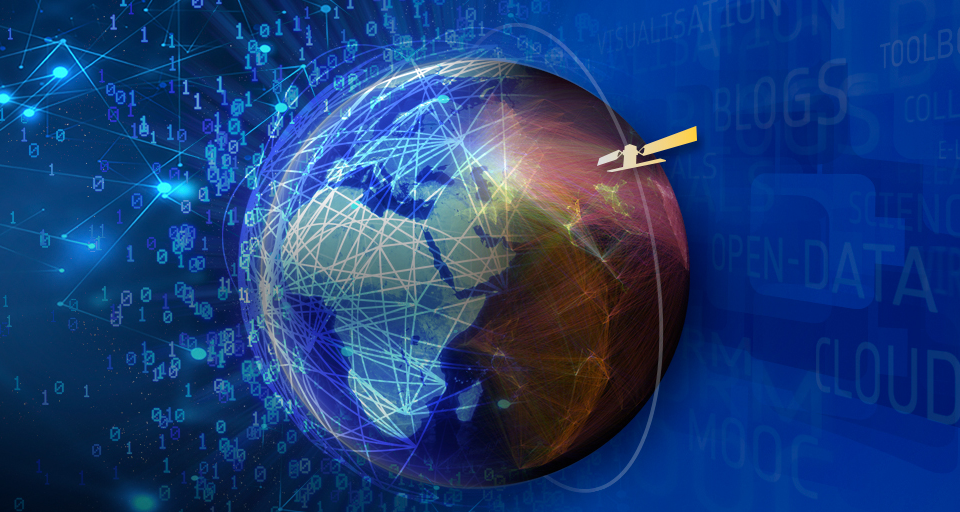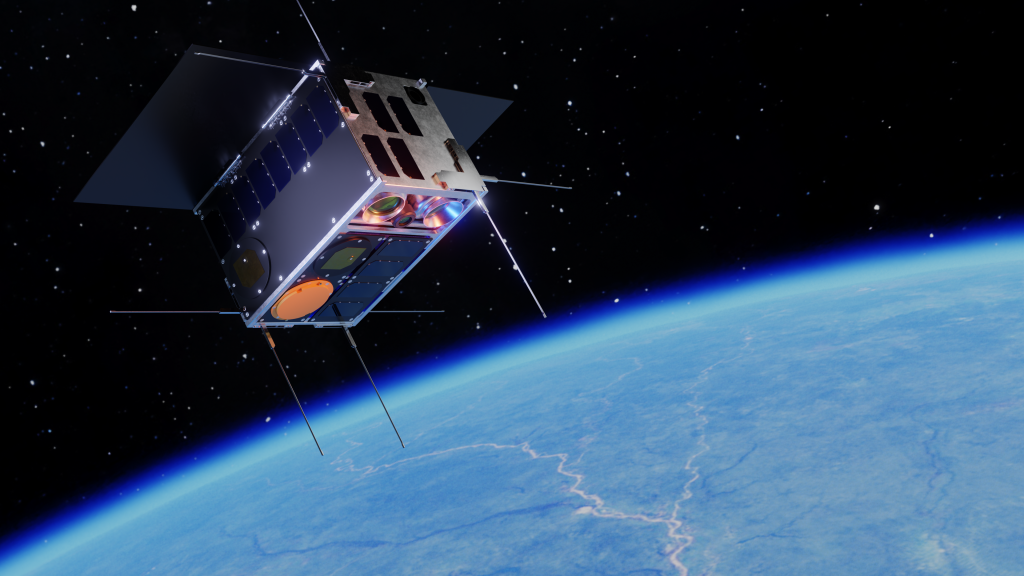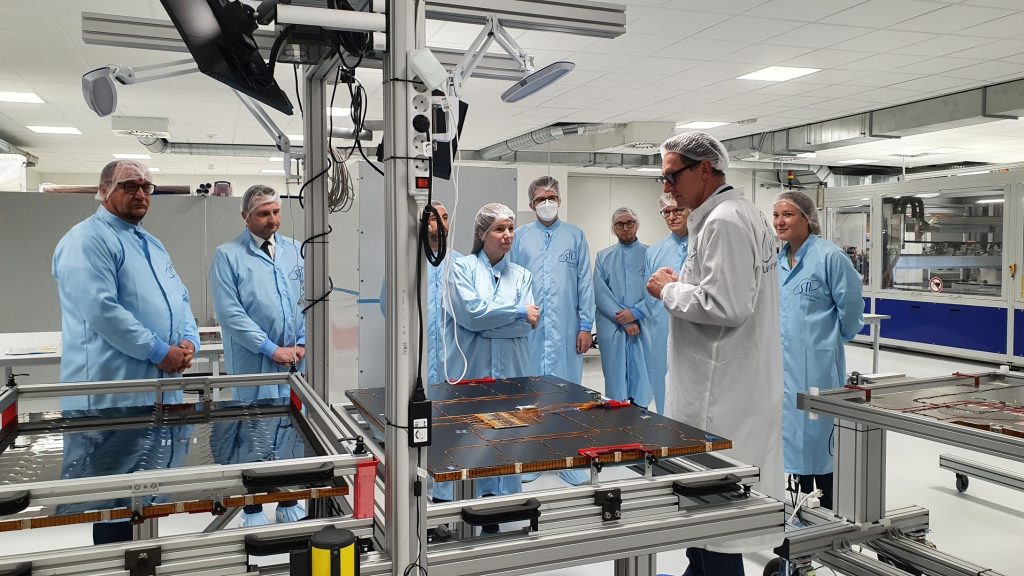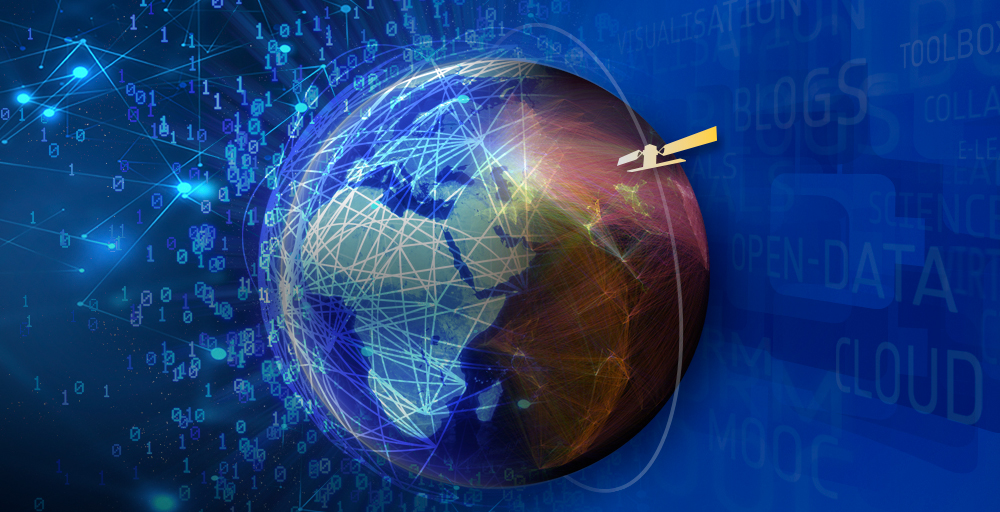One programme, countless possibilities
The General Support Technology Programme paves the way for technological developments in a wide range of areas of application. In addition to digitalisation and Industry 4.0, it has a bearing on Earth observation, science, human and robotic exploration, space transport, navigation, space situational awareness and Clean Space. It is also making up for gaps in development, helping Europe be more competitive on the international stage. The technology programme creates, strengthens and expands expertise, which boosts the competitiveness of European industry. GSTP acts as a thinktank for European spaceflight. In that capacity, it is helping to make Europe more independent, especially when it comes to critical technologies. It develops promising technologies, co-funds design and demonstration of products proposed by industry, and facilitates airworthiness missions. This is especially beneficial for small and medium-sized enterprises (SMEs), which get a chance to increase the technology readiness level (TRL) of their innovations and, ideally, test their technology in space itself – a costly and lengthy process without outside help.
Dr.-Ing. Martin Langer
Project Manager of GENA-SAT and Chief Technical Officer at OroraTech GmbHNurturing great ideas
Providing SMEs with the necessary support is an important area of focus in the GSTP. The aerospace industry in Europe simply cannot survive without these suppliers and their products, technological developments and expertise. By providing a wide range of targeted grants, the programme ensures that the right mature technology is available at the right time. Each ESA Member State can participate in individual tenders, which allows national policymakers to decide whether there is a national interest and whether funding is possible. In particular, the programme promotes cooperation between SMEs, large companies such as Airbus and OHB, and research institutions in Germany and elsewhere in Europe. Many technology development projects rely on a combination of skills from large and small companies. The European programme also makes an ideal supplement to smaller-scale national counterparts. German technological development can be funded through the GSTP, making it easier for German-made innovations to gain a foothold in Europe’s space scene.
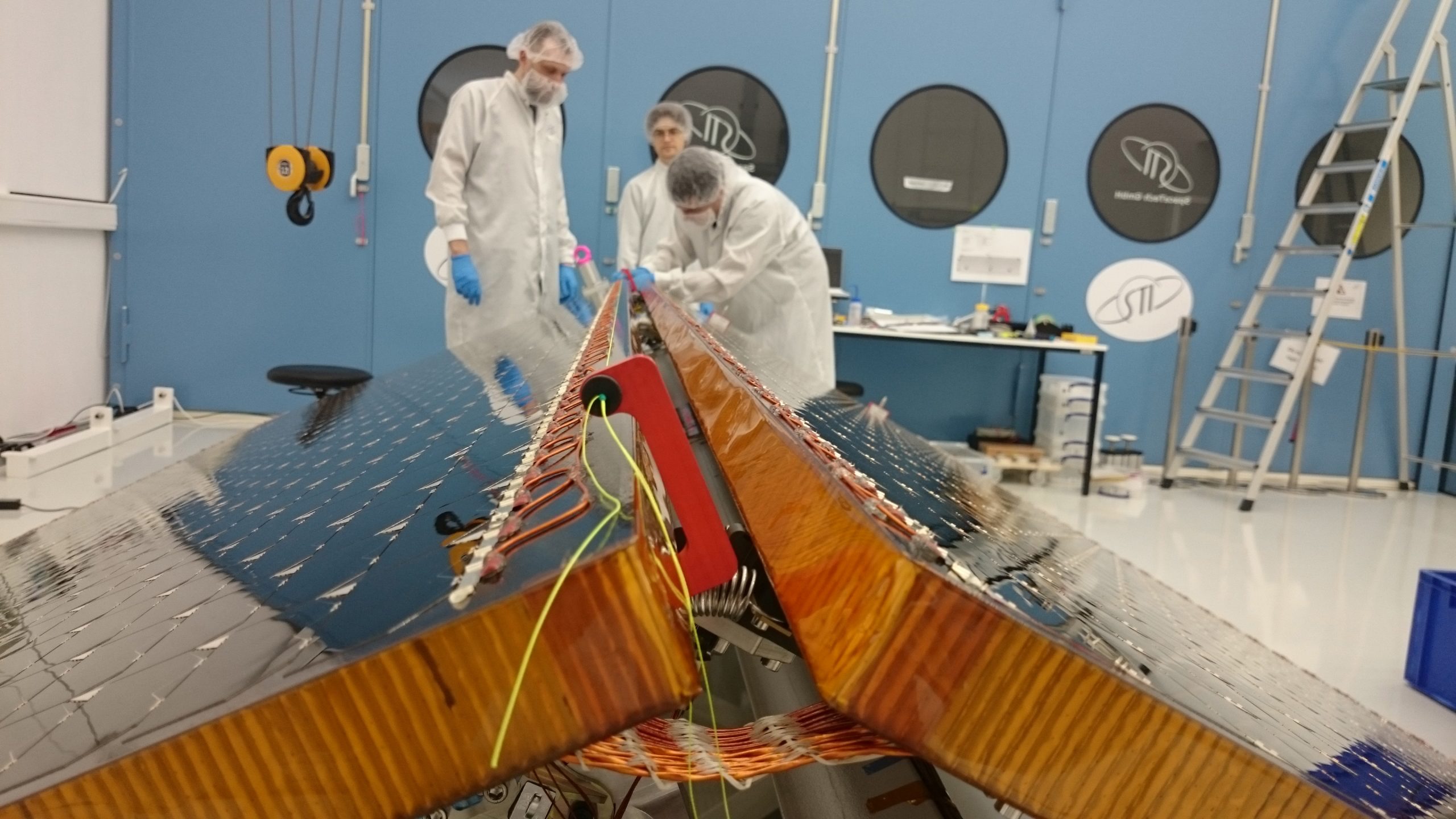

Dr Kolja Nicklaus
Head of Business Development at STI GmbHGermany as a constant partner in the technology programme
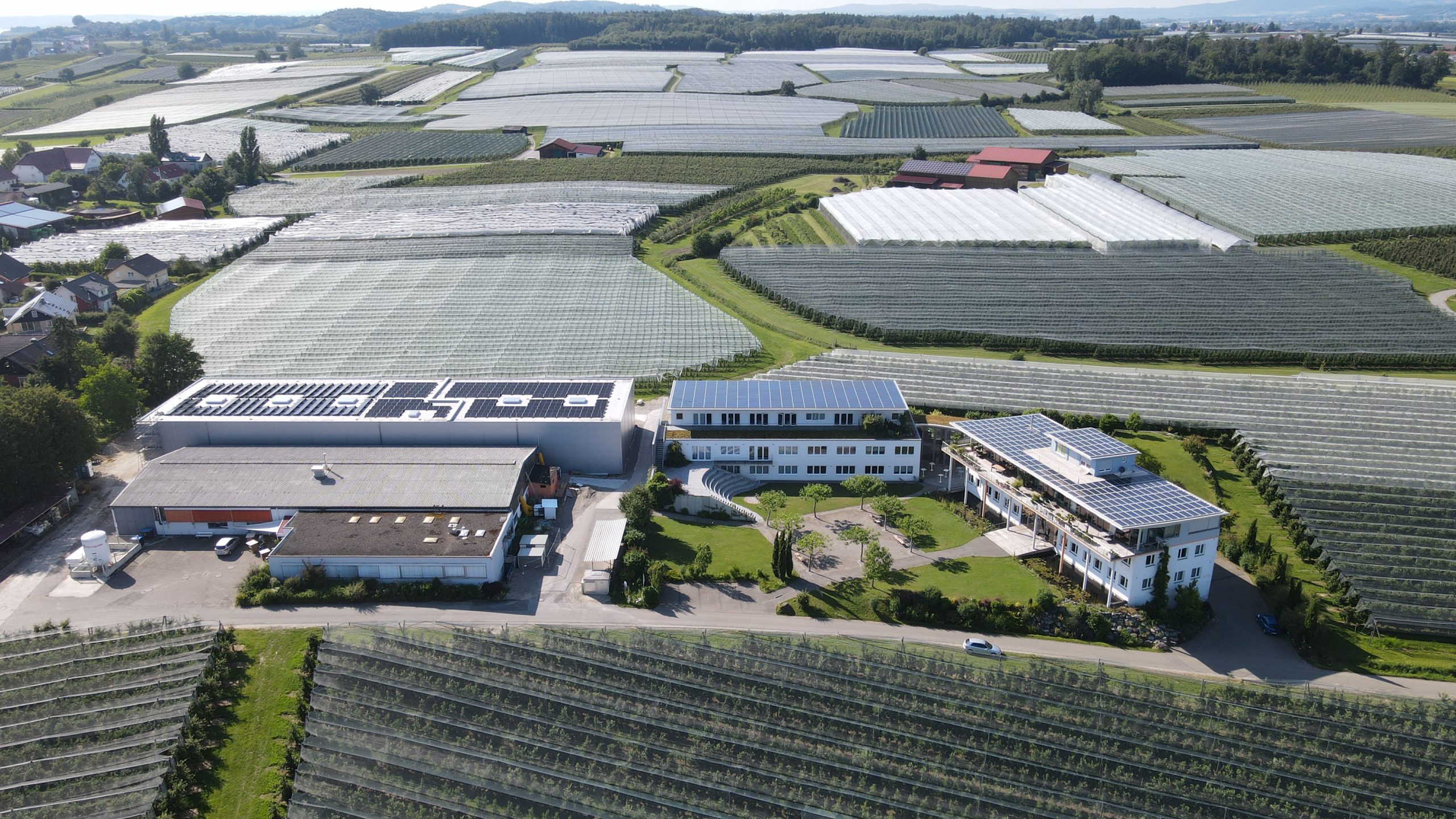
Germany is once again contributing to the programme with a total investment of 50 million euros in the upcoming GSTP phase from 2022 to 2025. Forty million euros are available in total for the first three elements Develop, Make and Fly. There are subscriptions to the EEE programme component amounting to 10 million euros. Germany's participation enables it to actively shape the planning of the programme and the resulting development of ESA technologies. Germany’s contribution is coordinated with national and other ESA funding programmes and enables small companies to carry out joint research and development work with European partners. SMEs that have not yet been active within the ESA framework will continue to have opportunities here.
A prime example of German industrial policy
The GSTP is a prime example of the strategic focus of the German federal government. It promotes the development of a wide spectrum of advanced spaceflight technologies in a sustainable way, corresponding to the goals of the government’s high-tech, broadband, sustainability and space strategies. In the field of quantum technology, it also supplements the ‘Quantum technologies – from basic technology to the market’ framework programme of the Federal Ministry of Education and Research, which has received 650 million euros of funding. The GSTP boosts the competitiveness of German industry and research institutions and universities in the space sector and helps them bring new technologies to market. New solar cells, electric propulsion systems, sensors and semiconductors have now been developed in Germany thanks to the GSTP, strengthening the global industrial competitiveness of German companies. In the run-up to the recent ESA Council at Ministerial level, Germany advocated strongly for the creation of the EEE programme component in order to achieve European independence in this important sector. The German subscription enables companies in the Federal Republic to participate in this important programme component.
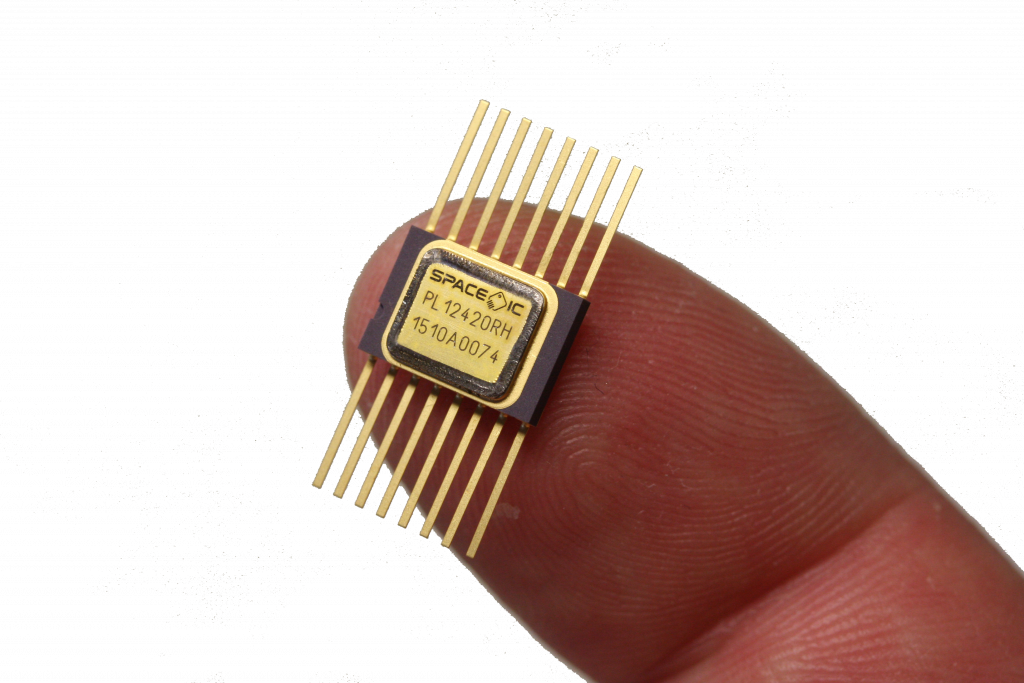
Volodymyr Burkhay
Managing Director Marketing & Sales at SPACE ICThe GSTP is divided into three programme elements and three independent components:
Element 1 – Develop supports and monitors the development of technologies, assemblies, components and test stands from low levels of technology maturity through to qualification for a range of projects and economic stakeholders, such as SMEs, large companies, industry, satellite operators and providers, universities and research institutes. Two specific subject areas will also be set up, one focused on cybersecurity and the other on energy from space for terrestrial use.
Element 2 – Make sfosters commercial sustainability. This centres around product development, including closing any shortcomings in availability due to environmental regulations, the transition to new technologies or other reasons. Co-financed by industry, this element strengthens global competitiveness in new and existing markets and promotes developments within companies that are particularly well aligned with the market.
Element 3 – Fly puts new technologies into orbit and tests them in space to increase their level of maturity. Products are launched into orbit either as piggyback payloads or as full space missions, in the form of small spacecraft, CubeSats, or similar. In doing so, this element oversees preparations for future missions made directly in orbit.
The Precise Formation Flight Demonstration programme component allows for the implementation of phases C, D and E of the Proba-3 mission to demonstrate precise formation flight technologies and techniques. The Proba-3 technological demonstration mission will be implemented and launched as part of this component. Germany is not involved in this component.
The EEE to Maintain European Independence programme component promotes the development of electrical, electronic and electromechanical (EEE) components as the basis of every space activity, with a view to making Europe less dependent on international export regulations.
The EuropeaN Devices Using Radioisotope Energy (ENDURE) programme component proposes the development of radioisotope power systems, which could subsequently be used for exploration programme missions such as the European Large Logistics Lander (EL3) and the planetary missions of the scientific programme.
